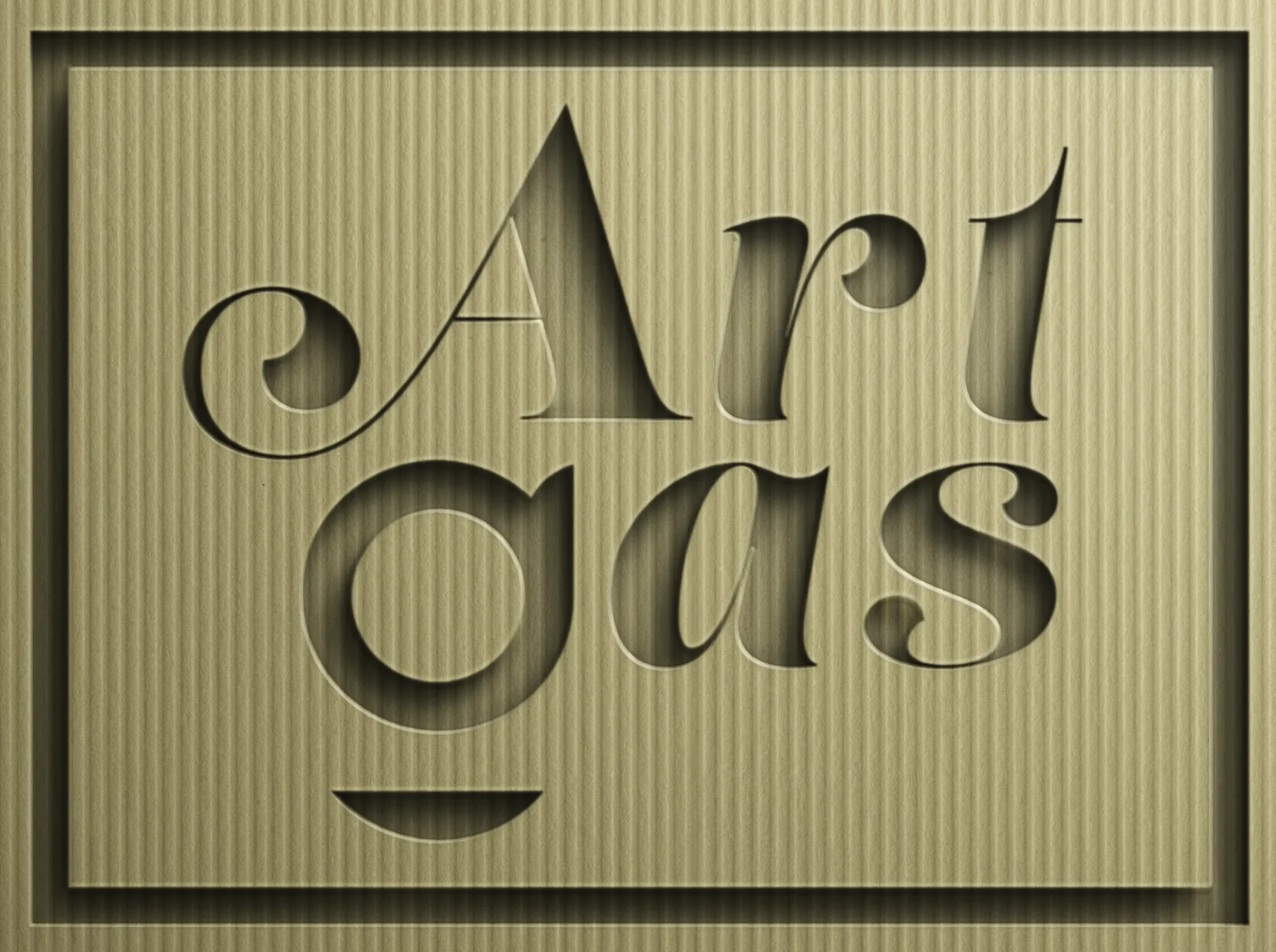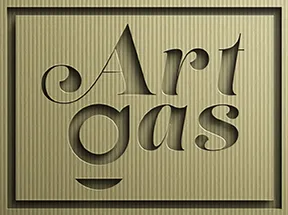The Vibrant World of Street Art: A Comprehensive Exploration
Introduction to Street Art
Street art, a form of visual communication that emerged from the urban environments of the world’s cities, is as diverse as it is controversial. This art form, which includes graffiti, stencil graffiti, sticker art, wheatpasting, and street poster art, among other techniques, has evolved from an act of rebellion to a recognized and often celebrated medium of creative expression. Its roots can be traced back to the late 1960s and early 1970s, originating as a way for individuals to make political statements and to mark territorial boundaries, gradually transforming into a tool for artists to engage with the public outside of traditional venues like galleries and museums.
Overview and History
The history of street art is deeply intertwined with the evolution of graffiti in New York City, where tagging (writing one’s name or alias) and graffiti became a way for young people to express themselves and their frustrations with societal issues. This movement quickly spread to other cities and countries, each developing its own unique style and methods. As street art gained popularity, it also sparked debates around legality, public space use, and what constitutes art.
Why Street Art Gained Popularity
Street art gained popularity for several reasons:
- Accessibility and Visibility: Unlike traditional art forms, street art is accessible to everyone, transforming public spaces into open-air galleries.
- Social and Political Commentary: Many street artists use their work to comment on societal issues, making it a powerful tool for awareness and change.
- Diverse Forms and Styles: The variety of techniques and styles in street art appeals to a wide audience, from intricate stencils to expansive murals.
- Community and Identity: For many artists, street art is a way to express their identity and connect with a community of like-minded individuals.
Who Does It Appeal To?
Street art appeals to a broad spectrum of people, including:
- Art enthusiasts and collectors who appreciate the creativity and spontaneity of street art.
- Community members who enjoy seeing their neighborhoods enlivened with vibrant artworks.
- Activists and social commentators who use or follow street art as a form of protest or social critique.
- Young people attracted to the rebellious and non-conformist nature of street art.
Classic Variations of Street Art
- Graffiti: Characterized by its stylized letterforms and often created with spray paint, graffiti is one of the earliest forms of street art.
- Stencil Art: Uses cut-out templates to create precise and repeatable images. Artists like Banksy have popularized this style.
- Poster Art: Involves creating artworks or messages that are then pasted onto walls, often addressing political or social issues.
- 3D Street Art: Creates optical illusions on pavements or walls, often interactive, drawing viewers into a visual experience.
Top New Digital or AI Variations
- Projection Mapping: Projects digital artworks onto buildings, transforming them into dynamic canvases.
- Digital Graffiti: Uses LED lights or digital projections to create graffiti that can be easily changed or removed.
- Augmented Reality (AR) Street Art: Combines real-world environments with digital enhancements, viewable through smartphones or AR glasses.
Noteworthy Artists
- Classic Graffiti: Artists like Jean-Michel Basquiat and Keith Haring bridged the gap between street art and the fine art world.
- Stencil Art: Banksy, arguably the most famous street artist today, uses stencil art to make provocative and humorous political statements.
- Digital and AI Street Art: Artists like Zach Lieberman and teamLab are pushing the boundaries with interactive and digital street art installations.
FAQs
Q: Is street art legal?
A: The legality of street art varies by location. Some cities have designated areas for street art, while in other places, it is considered vandalism.
Q: How do street artists make money?
A: Street artists may sell photographs or replicas of their work, create commissions, or participate in gallery shows.
Q: Can street art be preserved?
A: Preservation can be challenging due to its public and sometimes ephemeral nature, but efforts can include protective coatings or moving pieces to galleries.
Conclusion: The Collection of Street Art at Art Gas
The collection of street art at Art Gas celebrates this vibrant and dynamic art form, showcasing works from classic graffiti to innovative digital installations. Our aim is to honor the creativity, messages, and cultural significance of street art, inviting visitors to explore its rich history and diverse expressions.
Main Keywords
- Street Art
- Graffiti
- Stencil Art
- Digital Street Art
- Public Art
- Urban Art


